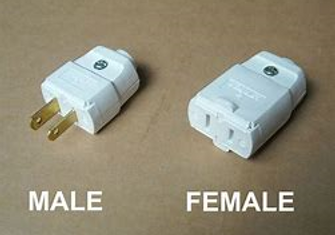

I was born and brought up by the sea in the beautiful county of Devon. Coastal geography and environment is important to me and is always somewhere in my body of work. At school art was a favourite subject, my school noticed my talents and I was awarded a place to study painting and drawing on Saturdays at Plymouth College of Art and Design , enabling me to walk to the coast or fishing harbours to sketch and paint.
Leaving School I studied for an HND in Electronics at Plymouth Polytechnic, , where I specialised in Broadcast Television Engineering and Production. I worked in broadcast television for over 30 years as an engineer , editor, director and independent producer. I retired in 2015 returning to fulltime Education studying art and ceramics and gaining a first class BA(Hons) in ceramics at Cardiff Met. University.
I now live and work in my studio in a small village in Oxfordshire.
.jpg)
My work considers the beauty of the environment where I was raised, using clay bodies and mimetic glazes to convey the raw energy and dynamism of the coast. I have employed various techniques and involved different genres, exploring functional forms through the language of sculpture, to the development of glazes to encourage and engage with thoughts of rural coastlines and marine life.
The Relationship between Function and Sculpture
I identify with artists who create functional works which have intrinsic elements of sculpture; my own work is, or speaks of, functionality with sculptural references and language.
My initial researched thoughts concerning this creative harmony between function and sculpture was that it may be an esoteric form of creative strategy, but as I reflect and research work not only in the field of ceramic creativity, but in the wider field of art and design, I recognise a subtext of sculptural language in all design, I consider that this subtext is the inherent aim of man’s recognition of his own form.

This can be illustrated by observing the practicalities and function of prosaic electrical connections; it can be suggested that these design characteristics are mimetics of physical gender functionality and form.

Ruth Duckworth is a potter and a sculptor who along with Lucie Rie was instrumental in the development of British Studio ceramics. Duckworth’s approach to clay, as a sculptural medium, changed peoples’ perception of the material. It asked people to consider clay objects as sculptural works outside and along with functionality.
Ducksworth explored clay to create a wide variety of refined vessels and figurative sculptures with a great understanding of form. The untitled work from 1985 imparts the functionality of vases with the abstract almost human sculptural forms.
Ruth Ducksworth "untitled" 1985

Design of the functional form has to have a major element of ergonomics in order to achieve the intended function, however it is apparent that we also need a degree of emotional attachment to an item, in terms of aesthetics, so that we are attracted to the object and also that the object possibly says something about ourselves and our lifestyles.
Creating a ceramic functional work with inherent sculptural form has a balance which can bias towards one or other of this intersection, I find working at this junction rewarding and liberating, enabling the use of two genres to be brought together to speak as one with a use defined not only be the practitioner but also the viewer.
Autobiographical Coast Sculptural Table Lamps. Nigel Edwards 2020
